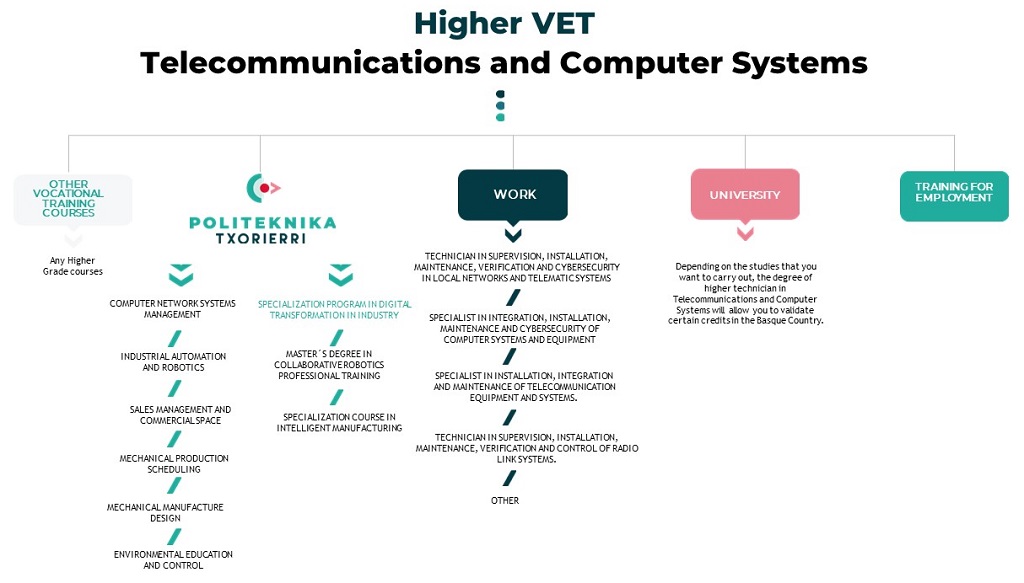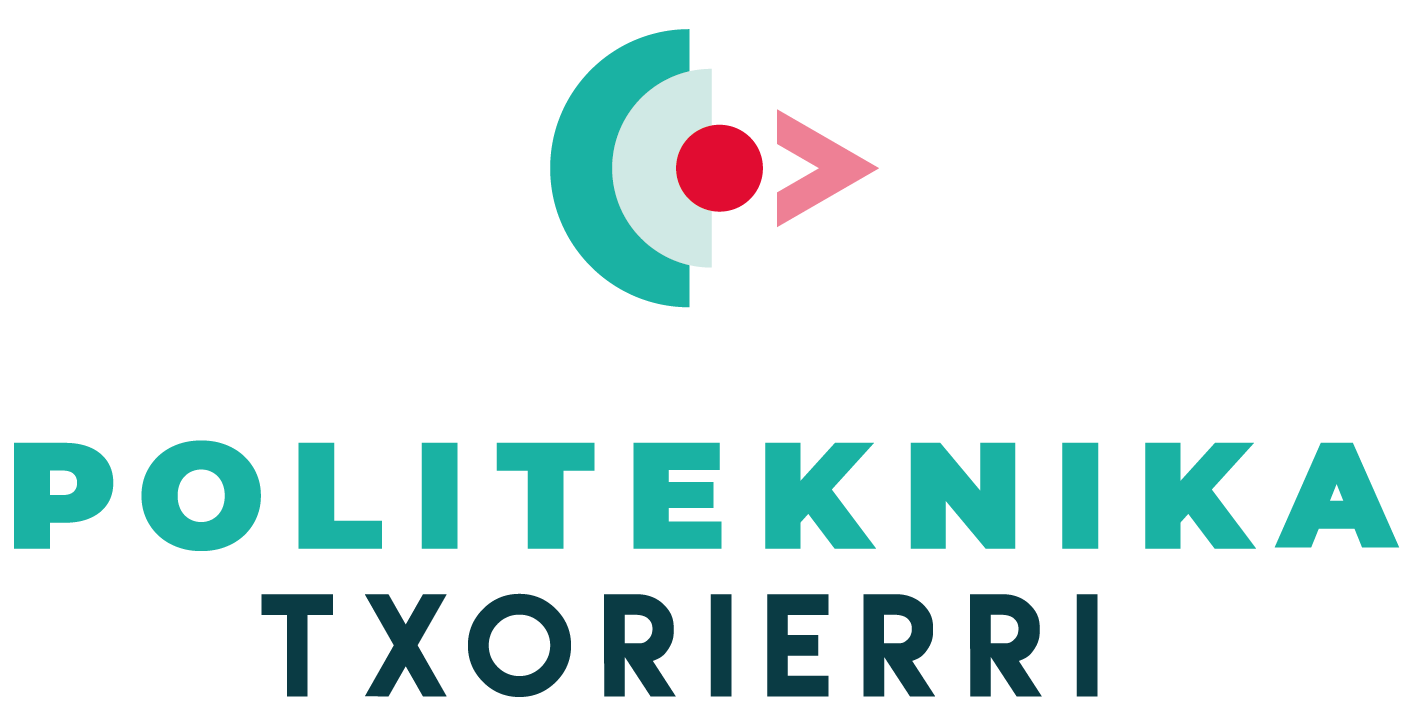Higher VET Course in Telecommunications and Computer Systems
Higher technicians in telecommunications and computer systems are professionals in the installation, configuration and maintenance of digital and telecommunications systems.
Duration and language
2.000 hours (2 courses)
Model B
Schedule
Monday to Thursday: 8:00 – 14:45
Friday: 8:00 – 14:00
Access condition
High School, Basic VET, Higher VET Course or test for those over 20 years of age.
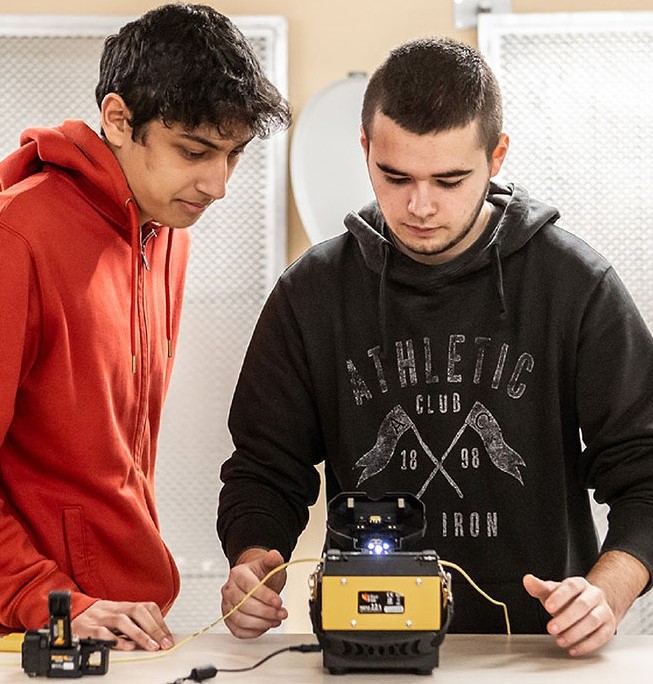
> ETHAZI collaborative work methodology and personalised monitoring by the teaching staff.
> Use of innovative technologies implemented in the most cutting-edge companies.
> High practical component oriented towards solving specific real-based problems.
> The teaching staff has a close relationship with the surrounding business network.
> Very high employability index.
> Possibility of Dual Training.
The demanding demands of an increasingly technological labour market require professionals specialised in digital technologies. This means that there is a great need in the labour market for technicians in the fields of telecommunications and IT, which Politeknika Txorierri helps to cover.
The equipment and technology that students will experience first-hand at Politeknika Txorierri include:
The professional modules of this course are the following:
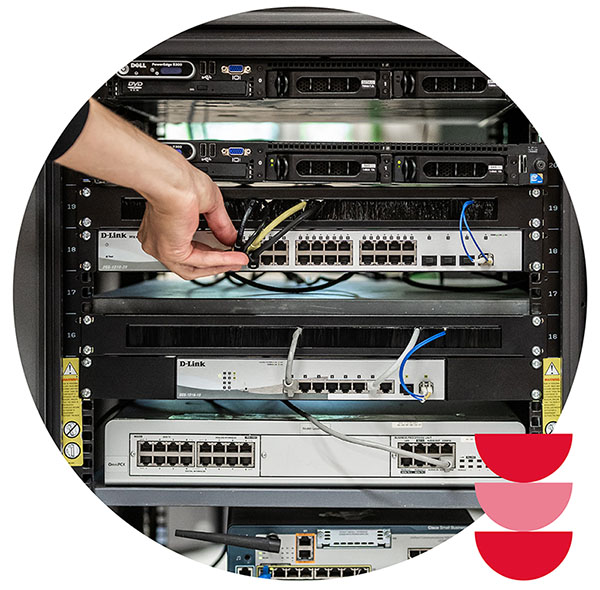
Computer Systems, Operating Systems, IOT and Cybersecurity
With the higher VET course (Higher Vocational Education Training course) in telecommunications and computer systems, you will quickly gain solid knowledge in computer systems and networks, operating systems and services (Windows and Linux), IOT systems, cybersecurity, programming, communications links (fibre optic installations, structured cabling…), communications services (IP telephony, RTV…), CCTV security systems and audiovisual systems.
Transversal competences through ETHAZI methodology
At Politeknika Txorierri we work using the ETHAZI methodology in which the student, in addition to acquiring the technical competences that he/she must obtain, achieves other transversal competences that will help him/her in his/her professional career.
That is, teamwork, communication, involvement, initiative, responsibility…. To this end, we work in the classroom through real-life based challenges.
ACADEMIC CHALLENGES
- Configuration of a company’s corporate network: in this challenge we install and configure a network using various physical media (structured cabling with cable pairs and fibre optics), creating different logical networks using VLANs and managing users and domains with a domain server in Windows Server.
- Configuration of WAN networks: in this challenge we configure a WAN network similar to the internet using specific Cisco routers, and creating cyber-secure connections via VPNs between the different clients and servers of the system.
- Radio links: by means of radio links, digital voice and video signals (streaming) are transmitted from the source (video cameras, microphones, etc.) to the receiver, i.e., a computer or mobile phone.
LEARNING CHALLENGES
- Domotic installation of a “smart building”: by using microcontrollers we create a network of sensors and actuators that can measure different parameters of a building (temperature, humidity, presence of people…) and change its operation (adjust heating temperatures, turn on lights…) in order to increase the comfort and efficiency of the home.
- Development of an APP for the disabled: We designed an application for mobile phones with which the user can interact using voice to activate signals that allow them to act on a home (open doors, turn on lights…) using a mobile device.
CHALLENGES FOR COMPANIES
- Domotic installation of a “smart building”: by using microcontrollers we create a network of sensors and actuators that can measure different parameters of a building (temperature, humidity, presence of people…) and change its operation (adjust heating temperatures, turn on lights…) in order to increase the comfort and efficiency of the home.
- Development of an APP for the disabled: We designed an application for mobile phones with which the user can interact using voice to activate signals that allow them to act on a home (open doors, turn on lights…) using a mobile device.
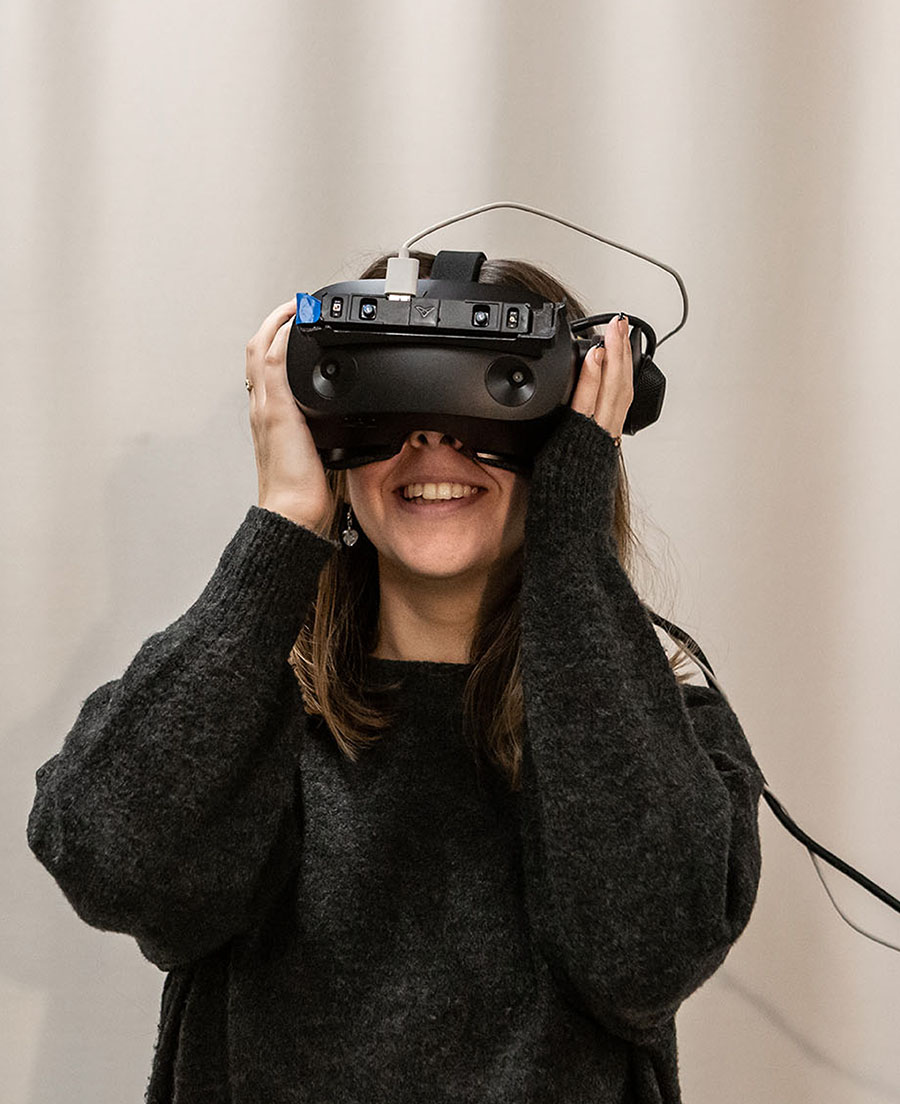

And then what?
What are the options after completing the Higher Vocational Education Training Course in Telecommunications and Computer Systems?
